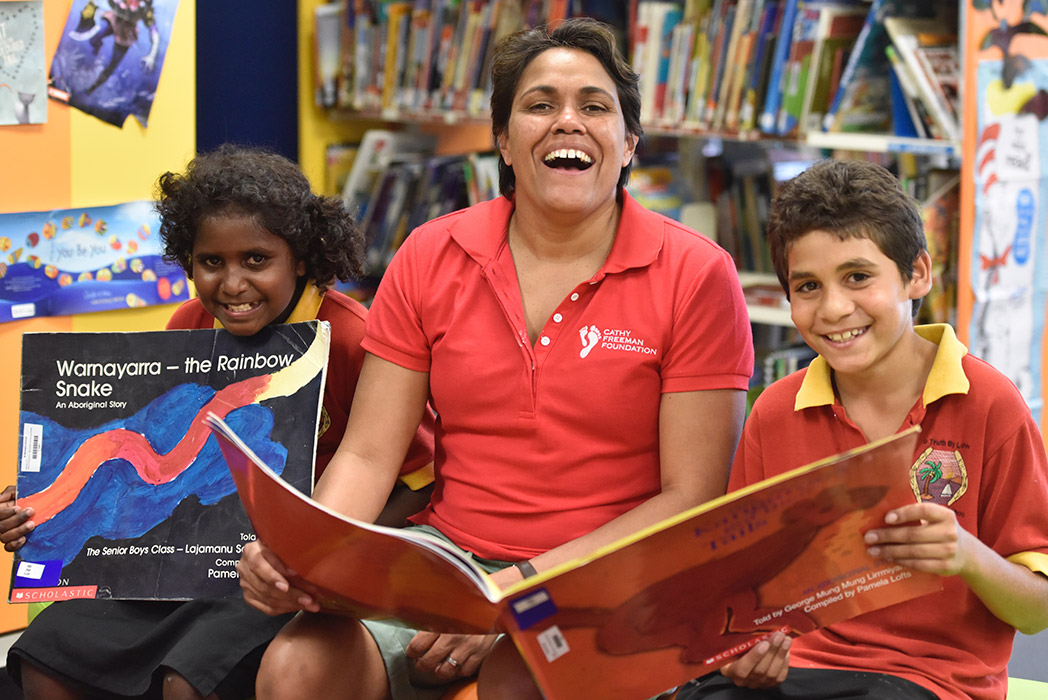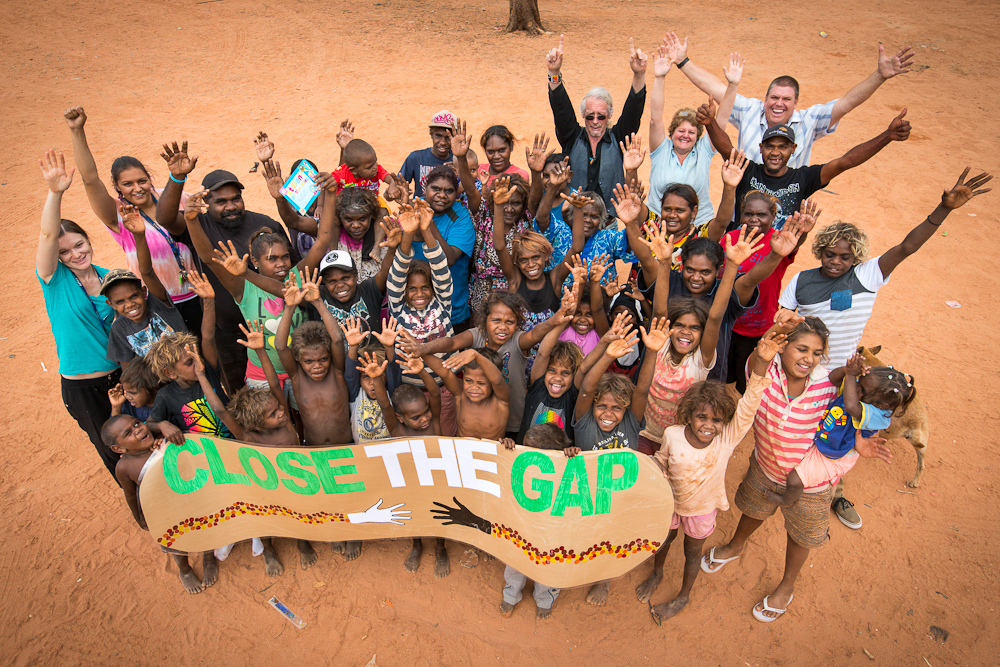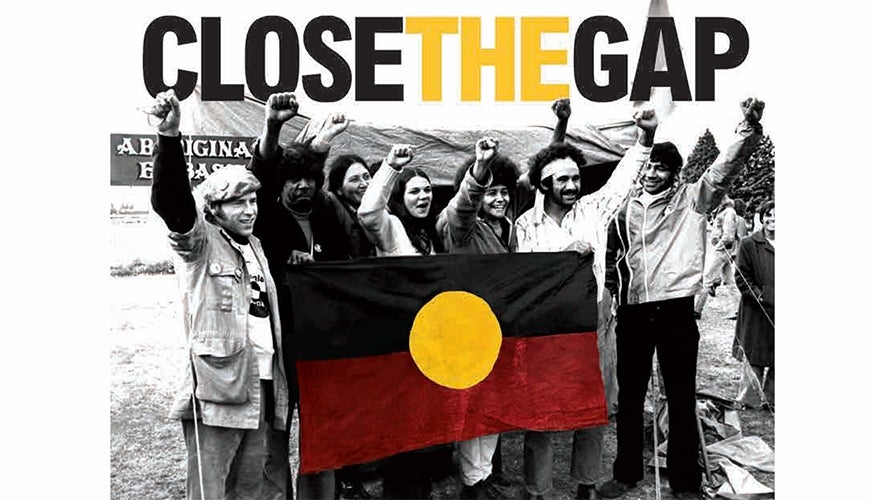Bridging the Gap: Challenges and Initiatives in Australian Education for Indigenous Students
Bridging the Gap: Challenges and Initiatives in Australian Education for Indigenous Students

Australia boasts a rich tapestry of diverse cultures, with Indigenous Australians playing a vital role in shaping the nation’s history and identity. However, the educational landscape for Indigenous students presents a complex and multifaceted challenge, marked by historical injustices and ongoing disparities. This article delves into the key challenges faced by Indigenous students in Australian education, exploring the initiatives aimed at bridging the achievement gap and fostering a more equitable and inclusive learning environment.
Historical Context and Ongoing Disparities:
Related Articles: Bridging the Gap: Challenges and Initiatives in Australian Education for Indigenous Students
- A Taste Of The Outback: Exploring Australia’s Native Fruits
- Australia’s Indigenous Heritage: A Tapestry Of Resilience And Culture
- Unraveling The Meaning Of "Taurai" In Aboriginal Culture: A Journey Into Language And Spirituality
- Terra Nullius: A Legal Fiction With Lasting Consequences
- Embracing The Spirit Of The Land: A Guide To Indigenous Australian Boy Names
The educational journey of Indigenous Australians is inextricably linked to the nation’s colonial past. Policies of forced assimilation, removal of children from their families, and the suppression of Indigenous languages and cultures have left a lasting impact on generations of Indigenous people. This legacy continues to manifest in the form of significant educational disparities.
Key Challenges Faced by Indigenous Students:
-
Lower Participation and Achievement Rates: Indigenous students consistently underperform compared to their non-Indigenous peers across all educational levels. This gap is evident in lower participation rates in early childhood education, higher rates of school absenteeism, and lower attainment of qualifications.
-
Cultural Disconnect and Lack of Relevance: Traditional Western educational systems often fail to recognize and value Indigenous knowledge systems, cultural practices, and perspectives. This disconnect can lead to a sense of alienation and disengagement among Indigenous students, hindering their learning and motivation.

-
Socioeconomic Factors and Systemic Barriers: Indigenous communities often face significant socioeconomic challenges, including poverty, limited access to resources, and geographic isolation. These factors contribute to lower educational outcomes and limit opportunities for Indigenous students.

Teacher Shortages and Lack of Cultural Competence: There is a critical shortage of qualified teachers with cultural competency and understanding of Indigenous perspectives. This lack of representation can create barriers to effective teaching and learning for Indigenous students.
-
Trauma and Intergenerational Trauma: The historical trauma inflicted upon Indigenous communities continues to impact the well-being and educational experiences of Indigenous students. This includes intergenerational trauma, which can manifest in emotional and behavioral challenges, affecting their ability to engage in learning.

Initiatives and Strategies for Change:
Recognizing the urgency of addressing these challenges, the Australian government and various stakeholders have implemented a range of initiatives aimed at improving educational outcomes for Indigenous students. These initiatives focus on:
-
Early Childhood Education: Programs like the Strong Start initiative aim to increase access to high-quality early childhood education for Indigenous children, fostering their development and readiness for school.
-
Culturally Responsive Pedagogy: There is a growing emphasis on incorporating Indigenous perspectives, languages, and knowledge systems into the curriculum. This approach aims to make learning more relevant and engaging for Indigenous students.
-
Teacher Training and Development: Programs are being developed to enhance the cultural competency of teachers, equipping them with the skills and knowledge to effectively teach Indigenous students.
-
Community Engagement and Partnerships: Building strong partnerships between schools and Indigenous communities is crucial for ensuring that educational programs are culturally appropriate and meet the needs of Indigenous students.
-
Supporting Indigenous Leadership: Initiatives are being implemented to support Indigenous leadership in education, empowering Indigenous communities to shape and influence educational policies and practices.
The Role of Technology:
Technology plays an increasingly important role in bridging the educational gap for Indigenous students. Online learning platforms, digital resources, and virtual learning environments can provide access to quality education regardless of location or socioeconomic barriers.
Examples of Successful Initiatives:
-
The Indigenous Education Foundation: This organization provides scholarships and mentoring programs to support Indigenous students pursuing higher education.
-
The National Indigenous Australians Agency (NIAA): The NIAA works to improve the lives of Indigenous Australians through a range of programs, including initiatives to enhance educational outcomes.
-
The Australian Curriculum: The Australian Curriculum incorporates Indigenous perspectives and knowledge systems across various subject areas, promoting cultural understanding and inclusivity.
Moving Forward: A Collaborative Approach
Improving educational outcomes for Indigenous students requires a collaborative effort from governments, schools, communities, and individuals. By working together, we can create an educational system that values Indigenous cultures, empowers Indigenous students, and ensures that every child has the opportunity to succeed.
FAQs about Australian Education for Indigenous Students:
Q: What are the main reasons for the educational gap between Indigenous and non-Indigenous students in Australia?
A: The gap is a complex issue with historical, social, and economic roots. Factors include the legacy of colonization, systemic racism, socioeconomic disadvantage, and a lack of culturally relevant education.
Q: What are some of the initiatives being implemented to address these challenges?
A: Initiatives include early childhood education programs, culturally responsive pedagogy, teacher training, community engagement, and supporting Indigenous leadership in education.
Q: What role can technology play in improving educational outcomes for Indigenous students?
A: Technology can provide access to quality education regardless of location, offer culturally relevant resources, and support online learning opportunities.
Q: What can individuals do to support Indigenous education in Australia?
A: Individuals can advocate for policy changes, support Indigenous-led organizations, engage in cultural awareness training, and challenge discriminatory attitudes and practices.
Conclusion:
The journey toward educational equity for Indigenous students in Australia is ongoing. By acknowledging the historical injustices, addressing the systemic challenges, and embracing a culturally responsive approach to education, we can create a brighter future where Indigenous students are empowered to reach their full potential and contribute to a more inclusive and equitable society.

Closure
Thus, we hope this article has provided valuable insights into Bridging the Gap: Challenges and Initiatives in Australian Education for Indigenous Students. We thank you for taking the time to read this article. See you in our next article!


